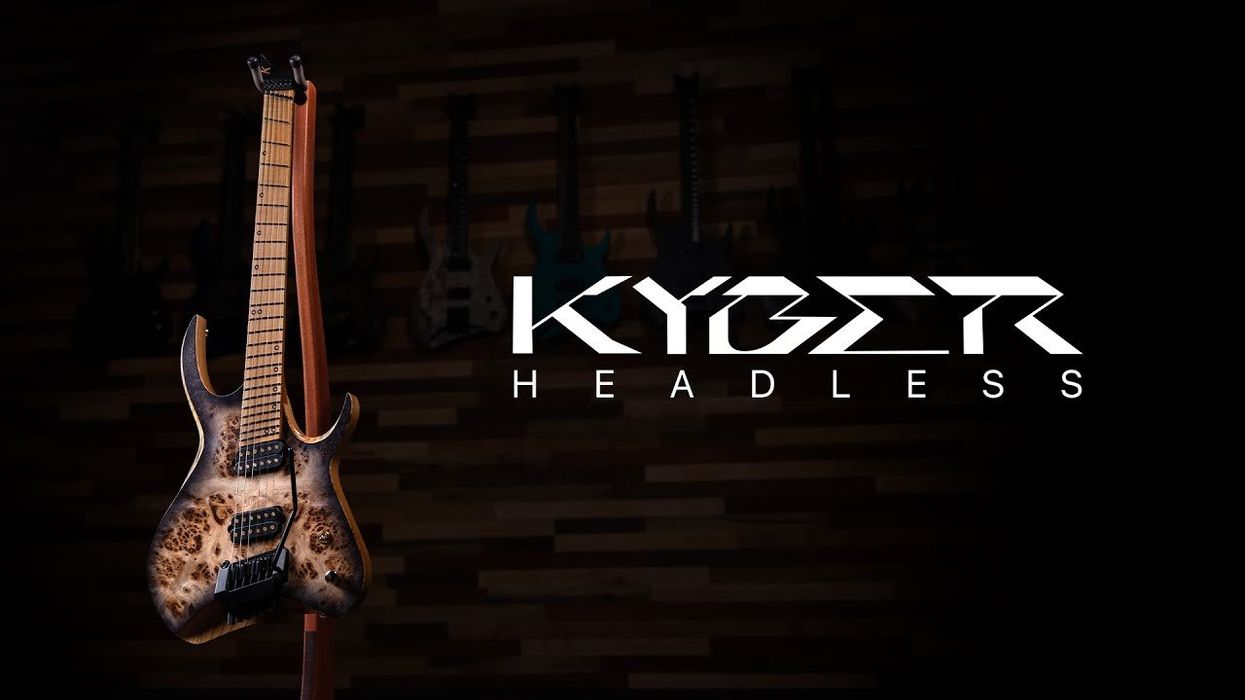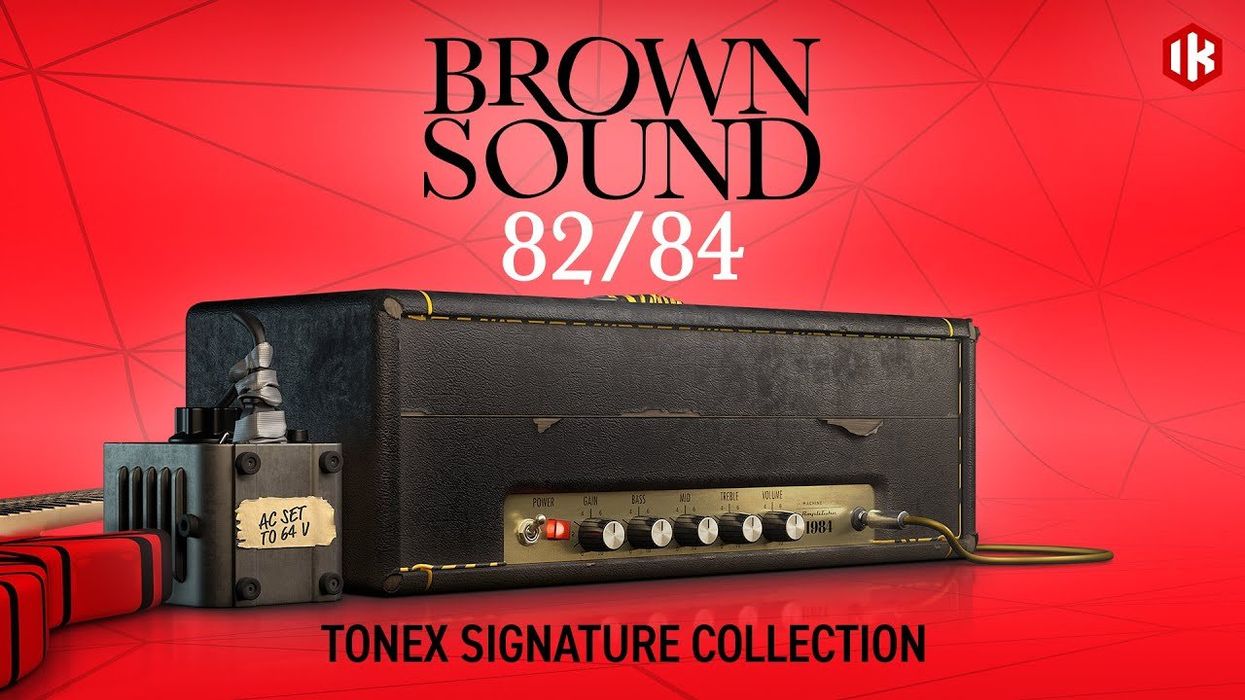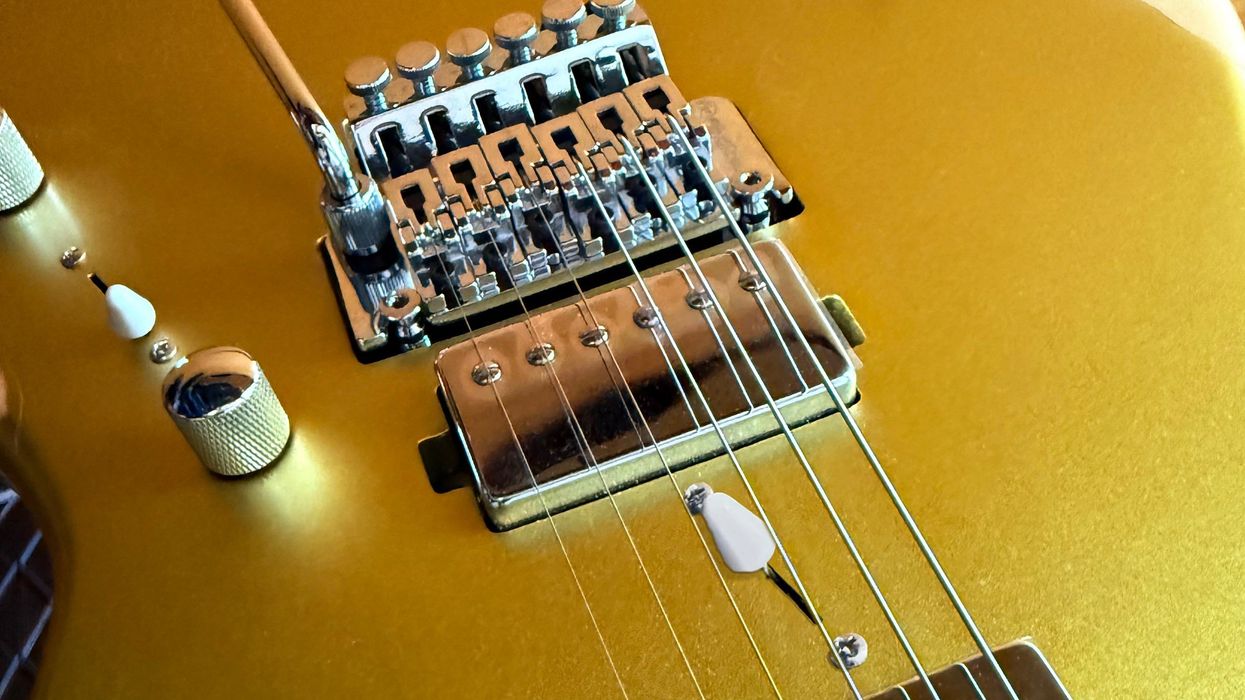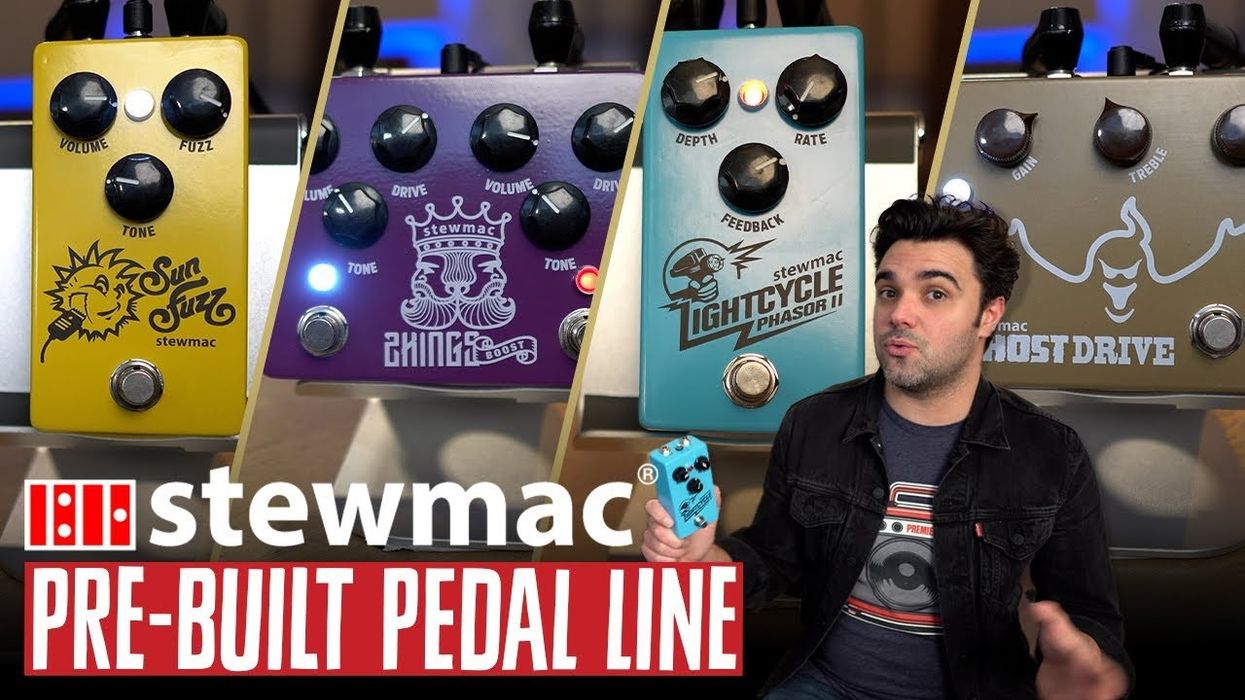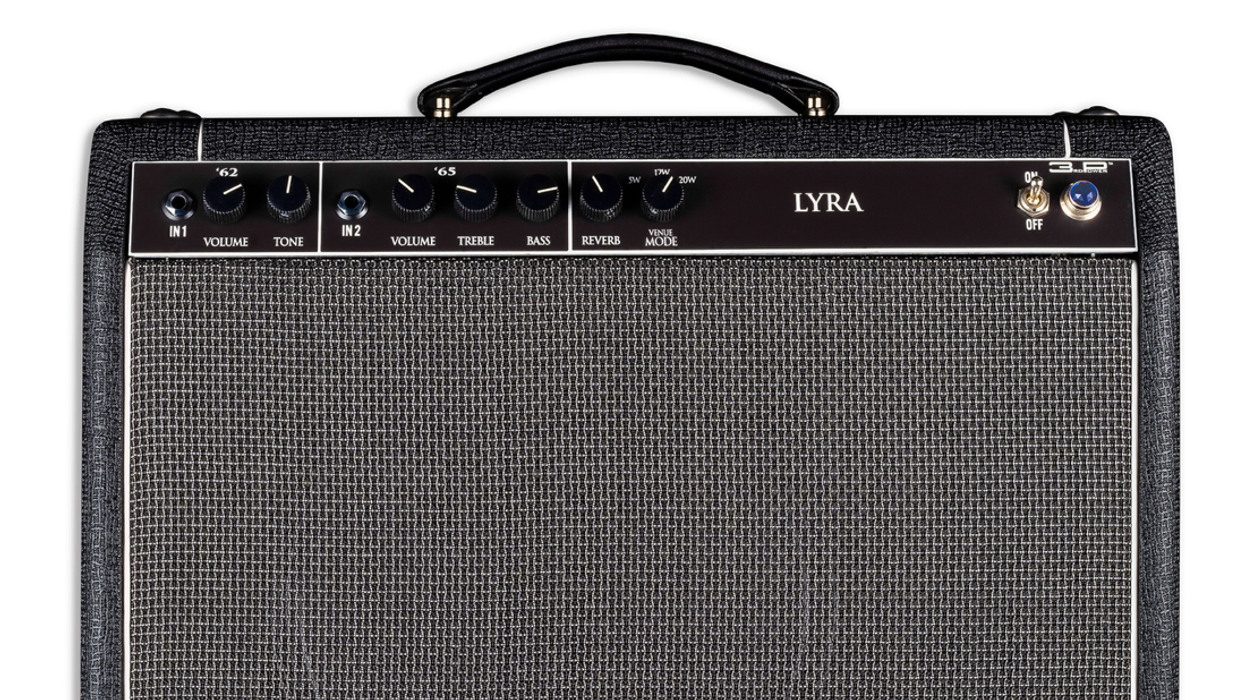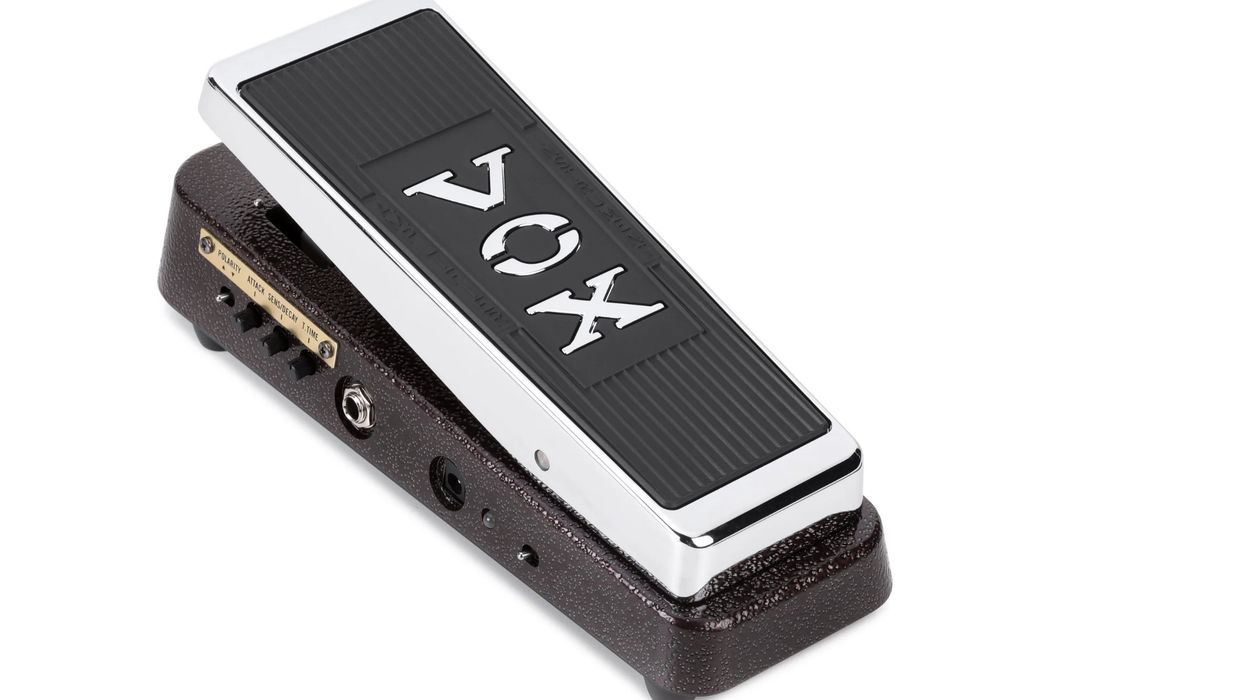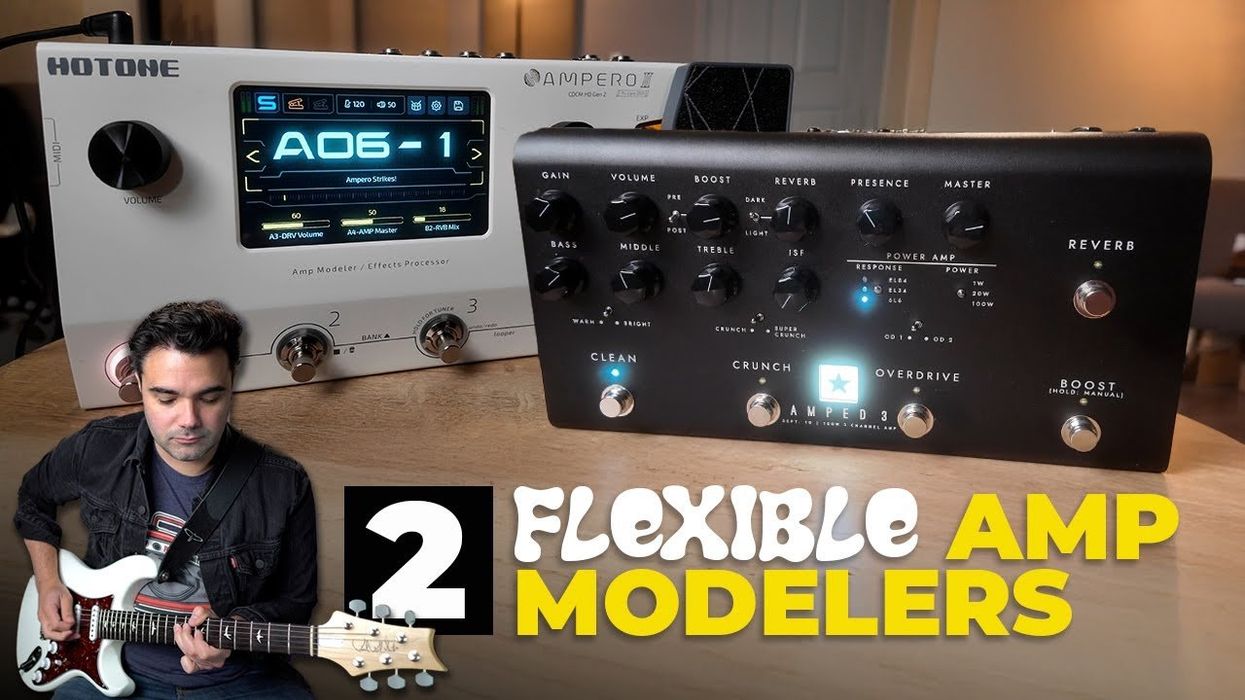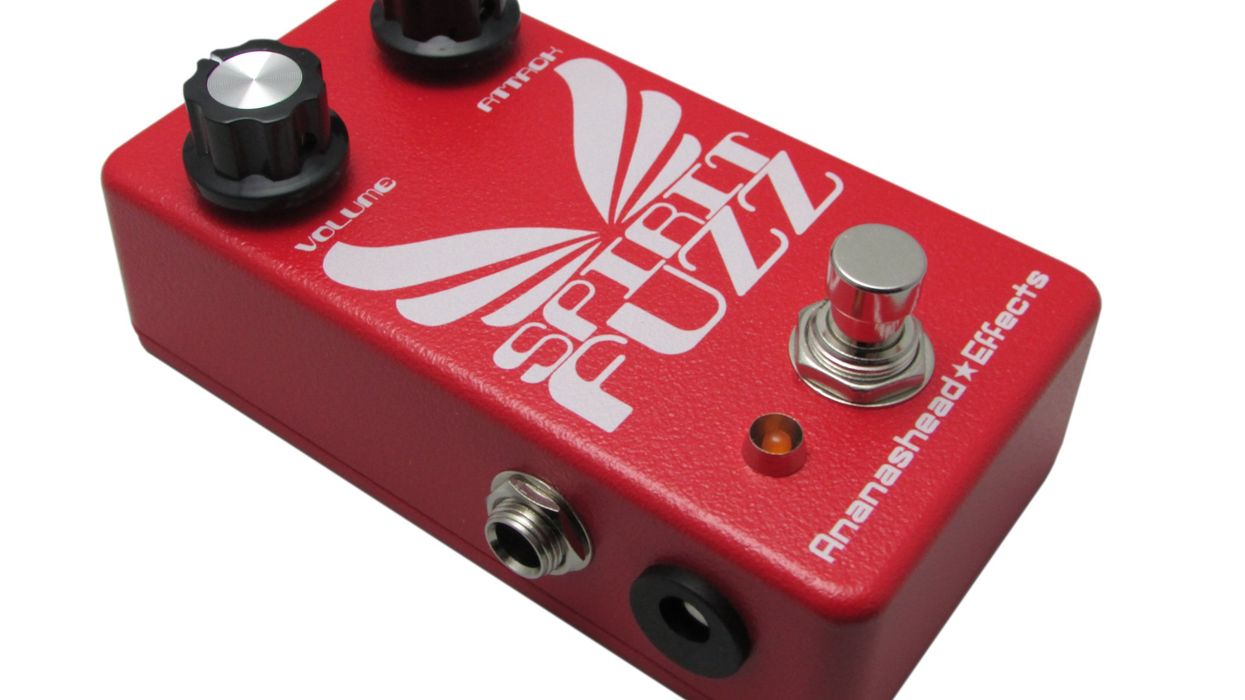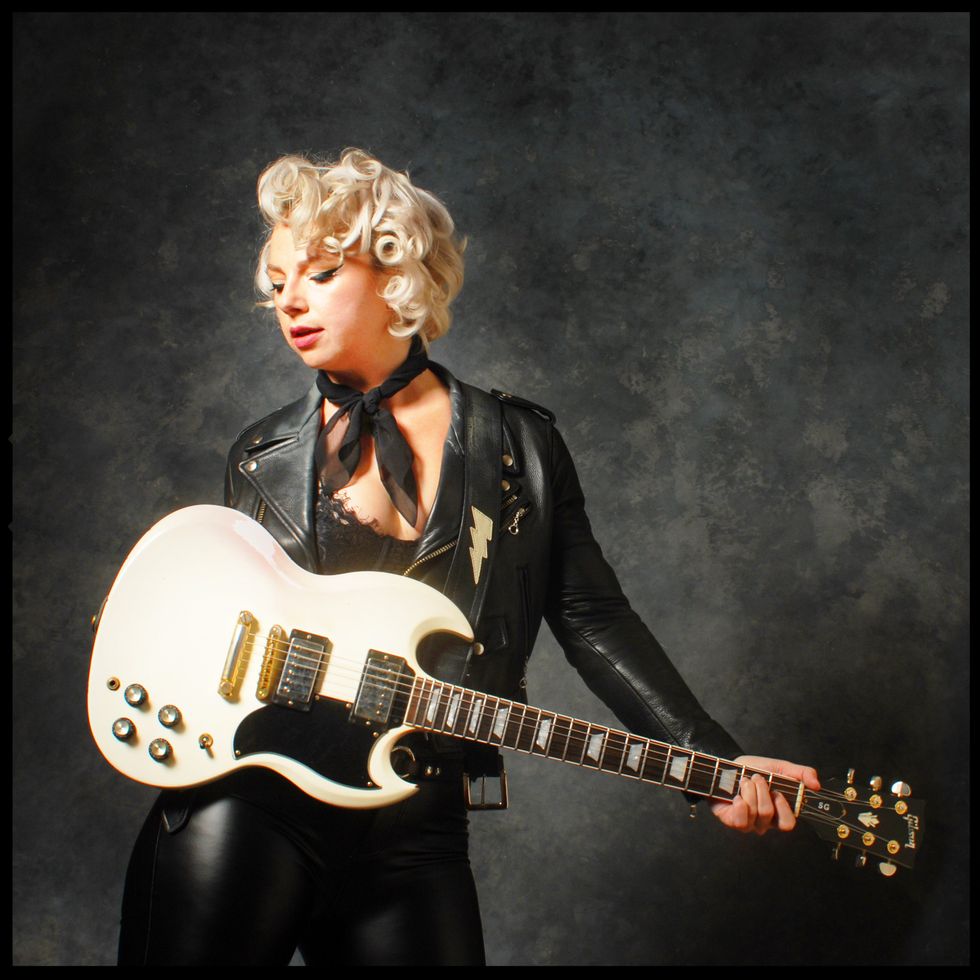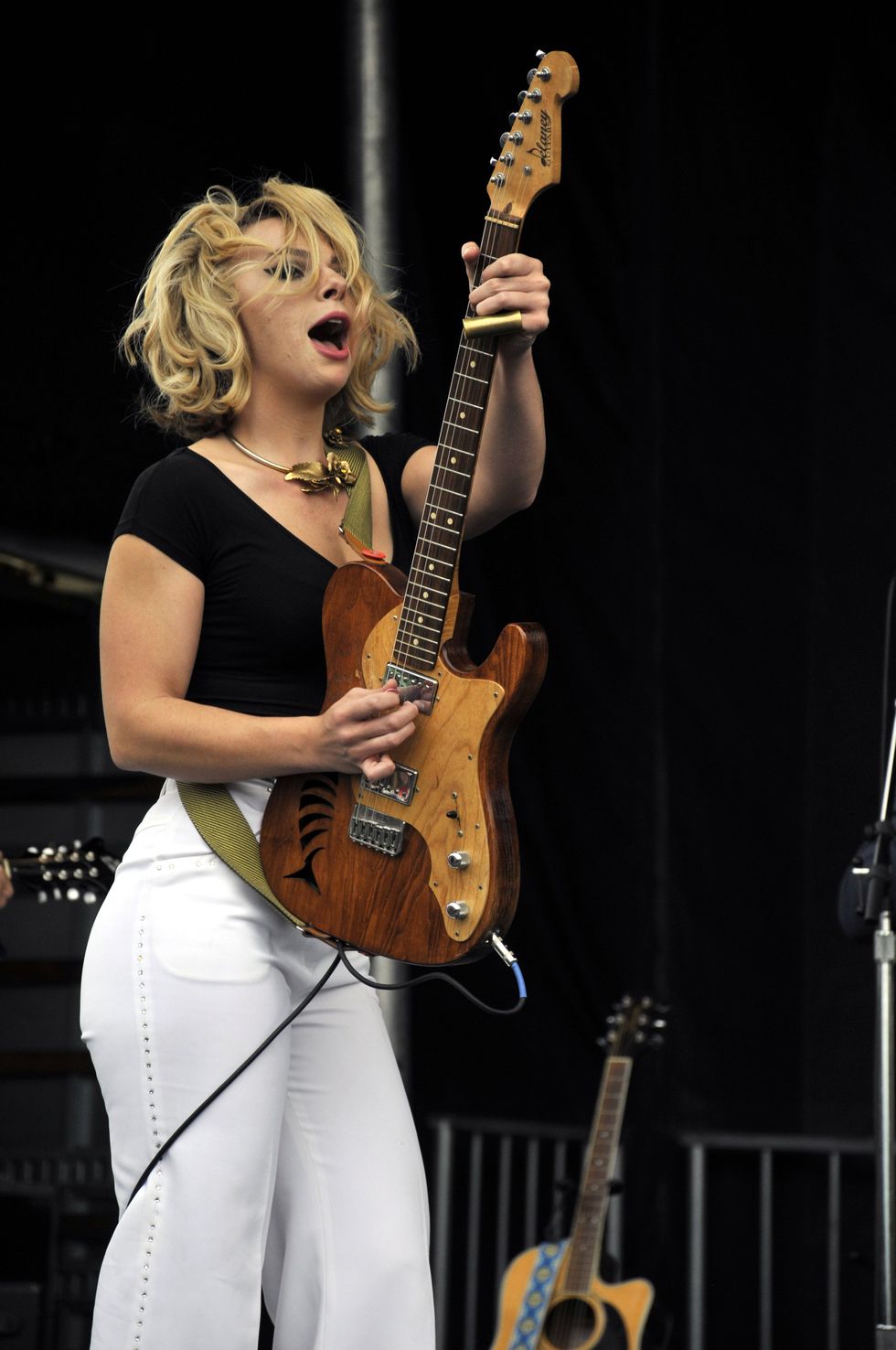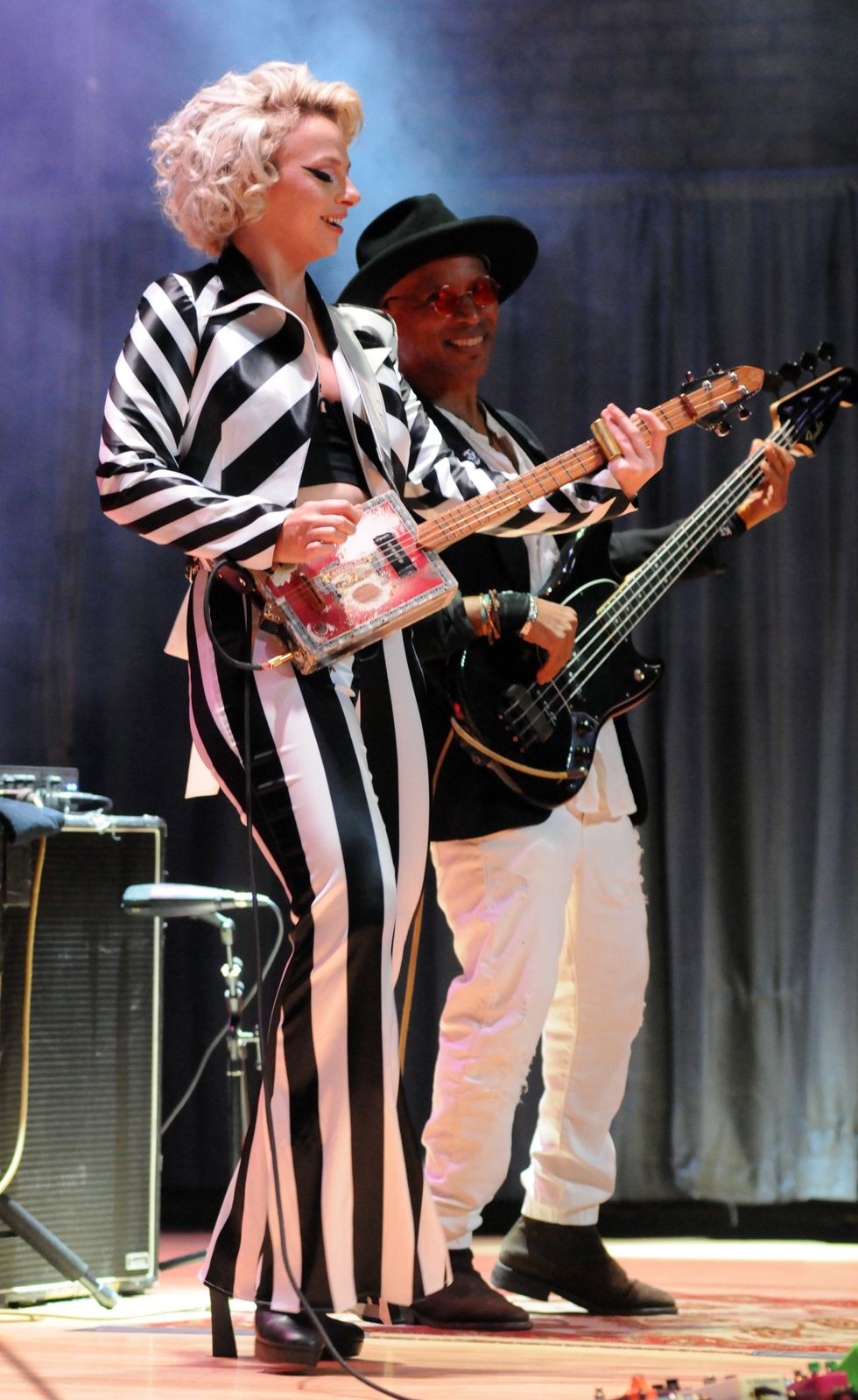Triads, the very thing we try hard to get away from as fast as we can, are the very thing that can make us sound like the guitar players we want so much to sound like. Triads are three note chords that can be used in so many ways. They can enhance our rhythm playing and spark interesting solo ideas. They are useful for creating great melodies, and, for us blues guys, they also are great for turnaround ideas. And yet, we try to get away from using triads as fast as possible because for some reason we think they are for beginners--not cool enough for the big guys.
I think because they are easier to play than some of the big five- and six-string chords we wished we could play when we first get started with the guitar, we quickly discount them. It can sometimes take quite a while before we go back to using them. Well, now’s the time! Lets take our blues playing to a whole new level and dig a little deeper into triads.
Triads are the 1st or root, 3rd and 5th notes of a scale and they are the basic building blocks of a chord. Everything we add after that is for color. In the following examples, I’ll be giving you cool blues rhythms to play using just triads.
Ex. 1 - Download Example Audio
The first example is an A7 rhythmic idea based off of the main riffs of tunes like Miles Davis’ “All Blues,” and The James Gang’s “Funk 49.” A7 is the fifth chord of D Major. In Example 1, I use the triads built off the 7th (C#) 1st (D) and 2nd (E) scale degrees of the D major scale.
On beat one of the first measure I use the triad built off the 7th scale degree, C# diminished. A C# diminished triad includes C# (root), E (the minor 3rd), and Gb (the flatted fifth). When you analyze this triad against the A7 chord you’ll see that the C# is the 3rd of A7, the E is the 5th of A7, and the G is the flat 7th of A7. On the “and” of beat 3, I use a triad built off the first scale degree (D–F#–A). When you analyze this triad against the A7th chord you’ll see that the root D is the 11th of A7. F# is the 13th and A is the root. On the “and” of 4, I used the triad built off the 2nd scale degree. This triad is E minor triad E (E–G–B). Against the A7th E is the fifth of A7 and G is the flat 7th of A7. The B functions as the 9th. Using the same triads, I worked my way back by just playing the D triad again on beats three and four of the second measure. Then, I just repeated the idea.
When we add the 7ths, 9ths, 11ths and 13ths, we are adding colors or tensions. This is going to create interest in our rhythm playing. I could have used any of the triads from the key D major over the A7 chord that I wanted, I just chose to use these three. Every note in the scale can be analyzed as a chord tone. If it’s not the root third or fifth it’s a tension or color tone. What I like most about using the triads to play rhythm is that I’m improvising harmonically. When I use the triads I’m soloing harmonically with the vocalist or another soloist. I’ll try to follow along in the same contour. As the move up, using my triads I’ll move up or down.

Ex. 2 - Download Example Audio
Example 2 is based on D7. D7 is the five chord of G Major. What I’ve done here is I’ve taken four of the triads of G major to embellish my rhythm guitar part. The triads I chose this time are the triads built off the fifth, fourth, third, and second scale degrees. These triads are D Major (D–F#–A), C Major (C–E–G), B minor (B–D–F#), and A minor (A–C–E). Against a D7 chord, the D major triad functions exactly the same because they are based off the same root D. The C major triad functions as a flatted 7th, 9th, and 11th of a D7. For the B minor triad we have a 13th, root, and 3rd. Finally, the A minor triad contains a 5th, flat 7th, and a 9th.

Ex. 3 - Download Example Audio
Example 3 is based on what I might play over an E7 chord. E7 is the five of A major. I’ve chosen six different triads from A major to embellish our E7 rhythm. The scales of the triads I’ve chosen are the 3rd, 2nd, 1st, 7th, 6th and 5th. This is a cool descending rhythm using all but one triad from the key. The only triad I didn’t use was the 4th scale degree. I didn’t choose not to use it, I just played a melodic idea with the triads and this is what I came up with. You should learn the triads all over your guitar in many different keys and on different string sets.
These examples are a great way to start getting back into using triads. I find that everyone will lock into playing the same basic blues rhythm that was on the record. This a hard habit to break, but this a cool way to do it. This is going to make you sound great, and the next blues jam everyone is going to be asking you what was all that cool stuff you were doing. Were those triads? You just respond with a “yeah!” Real cool.

